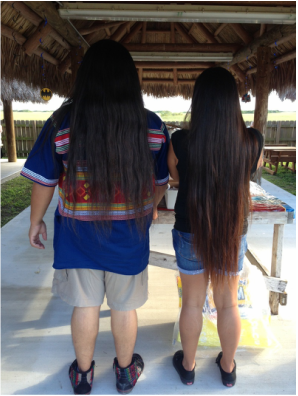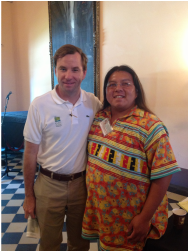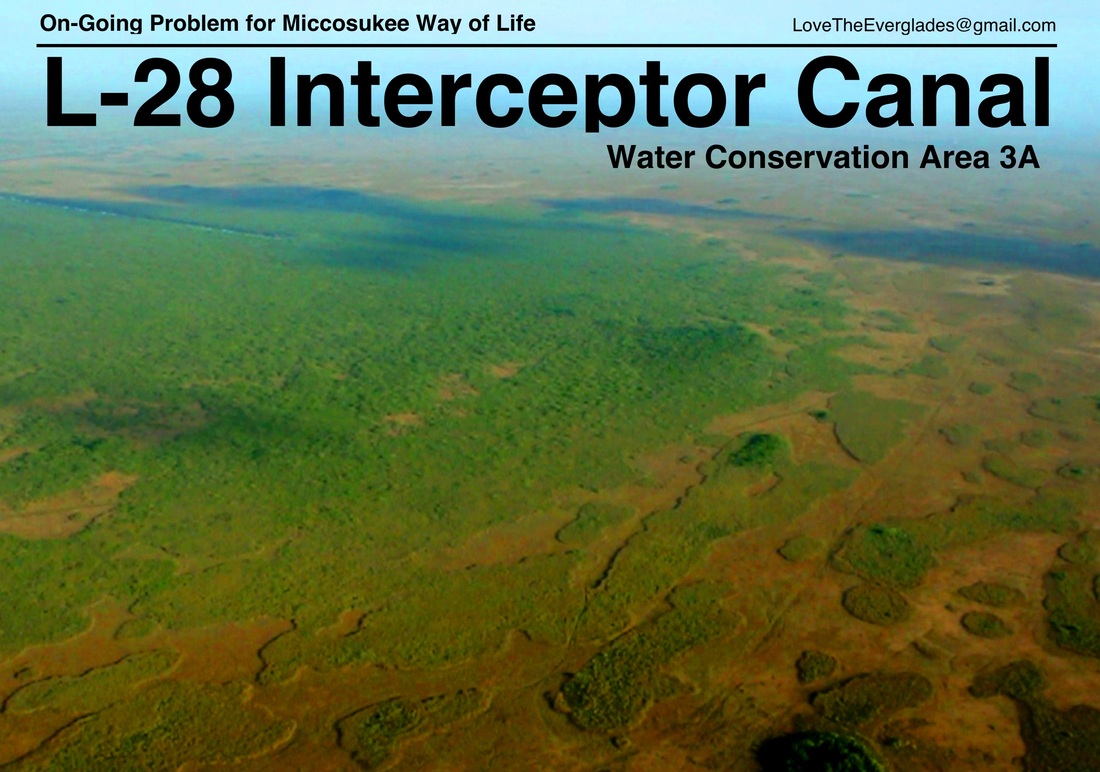
The Tropical Audubon Society (TAS) recently addressed the "color" problem when it comes to engaging the public in environmental activism, namely that those involved in these matters tend to be "old & white."
Today I attended the TAS Environmental Leadership Workshop, held at the Deering Estate, as a Guest Speaker on their panel "Diversity in Conservation." I was joined on the panel by Sonia Succar Ferre, Environmental Scientist & Social Entrepreneur; and Kamalah Fletcher, Community Prosperity Director at Catalyst Miami; panel moderated by Celeste De Palma, Education & Outreach Coordinator for TAS.
I appreciate that Laura Reynolds, TAS Executive Director, is open to advancing the dialogue between disparate positions and views, especially when it comes to an environmental matter that is as contentious but so integral to the lives of so many South Floridians: the Florida Everglades.
Celeste opened up the discussion by asking the audience what they associated with the word "diversity." -- inclusion; uniqueness; all ages; gender; race; animals; plants. We talked about what keeps those of us involved in this work personally engaged. Some of the audience felt that events like this could be considered "preaching to the choir."
One gentleman from the audience identified some important factors contributing to the monochromatic face of environmental activism include:
- GROWTH -- As long as the economy of South Florida is tied to growth, not much progress will be made. Housing, tourism, food service, etc. This was, in my opinion, a very controversial opinion.
- LANGUAGE -- The language barrier is a big prohibiting factor. We need to foster discussions and create educational materials in Spanish, Creole, etc. so we can have meaningful dialogue with the broader community.
- ACCESS TO NATURE -- some of the most effective ways of fostering a concern for the environment and engaging people in this work is by providing experiences and opportunities to explore.
The audience brought up the implications of Environmental In/Justice and how some of the poorest communities of Miami are struggling with living in the areas that are featuring the most pollution. We wrapped up the discussion as the audience reflected on their own experiences growing up in Caribbean settings. They explored the link between caring for the environment and how that contributes to their own commitments to preserving cultural traditions.
KEYNOTES -- EVERGLADES FOUNDATION ON CEPP, AND DOVER-KOHL ON CONNECTIVITY IN CITY PLANNING
Wetland Scientist Steve Davis with Everglades Foundation spoke about the next series of projects associated with the Central Everglades Planning Project (CEPP). I was happy that much of the information that he was sharing was a Scientific Perspective on a message that the Miccosukee Tribe has been saying for years -- but our message is based on firsthand observation with emphasis on the genocidal consequences of this environmental problem.
But, Steve's message was incomplete and needed to be challenged. What about the L-28 Interceptor Canal?
He said that the L-28 Interceptor Canal is not even being discussed for the Long Term Scenario either. This is problematic.
The L-28 Interceptor Canal is an unimpeded stream of extremely high Phosphorus which comes from the Western Basin of the Everglades Agricultural Area and dumps the load directly onto the Miccosukee Federal Reservation. The image above shows in stark contrast how much the terrain is being altered. The bright green represents changes in flora. The light brown is what the terrain SHOULD look like. By soaking the land, it becomes nearly impossible to remove the Phosphorus.
Much of Steve's discussion was centered around how water flows will be increased and returned to a semblance of the natural flows of the waters. But what he failed to mention was the increased pressure this will cause on the system to flow water through -- thereby sucking more High Nutrient Water into Miccosukee areas.
What I also appreciated about his presentation was the graphic display of the loss of tree islands. His limited scientific view, though, necessarily omits the cultural component. All those lost tree islands means lost Miccosukee villages.
As for Dover-Kohl on Smart Growth, Urban Connectivity and City Planning -- the Seven 50 plan -- it seemed like a very interesting redesign of city areas and transportation needs. But this presentation goes back to the need to include a diversity of opinions and communities in the planning process. A woman representing Overtown asked, "How are minorities and black women like me going to be included in the planning process?"
DAY 2 -- SPEECHES & WORKSHOPS -- DEERING ESTATE

We also got some insight on Advocacy 101, and advice for developing campaigns.
In the afternoon, I attended a session on "The Written Word & Social Media," featuring Curtis Morgan from the Miami Herald, as well as Naomi Ross, Social Media Expert, and a gentleman from the Miami Foundation. This was my favorite workshop because it really walked us through the process of crafting our message, developing our message, and helped us to develop a strategy and tactics for achieving our goals.
CONCLUSION
This was a noble first effort by Tropical Audubon Society at providing leadership training for people interested in Environmental Advocacy. A little long-winded when it came to speakers and lectures. I wish it was more interactive by including more hands-on workshops. As for the "color" problem, it's good that TAS is doing the work of addressing this lack of diversity, but there's still much more they can do. I look forward to working with them on that effort under the auspices of my own non-profit: LOVE THE EVERGLADES MOVEMENT.


 RSS Feed
RSS Feed